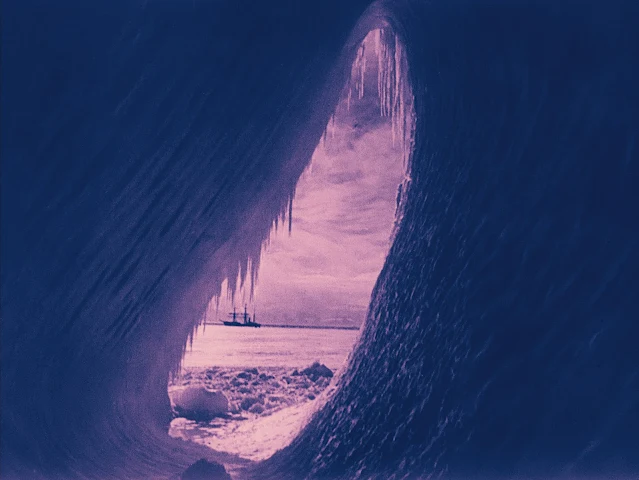 |
| Vilma Banky and Rudolph Valentino in The Eagle |
Cast: Rudolph Valentino, Vilma Banky, Louise Dresser, Albert Conti, James A. Marcus, George Nichols, Carrie Clark Ward. Screenplay: Hanns Kräly, based on a novel by Alexander Pushkin; titles: George Marion Jr. Cinematography: George Barnes. Production design: William Cameron Menzies. Film editing: Hal C. Kern.
It's easy to overlook the absurdities of the story of The Eagle because the filmmakers embrace them, and everyone seems to be having so much fun. Rudolph Valentino is Vladimir Dubrovsky, a dashing (what else?) lieutenant in the Russian Imperial Guard, who catches the eye of Catherine the Great (Louise Dresser) when he rescues a pretty young woman (Vilma Banky) and her aunt (Carrie Clark Ward) from a carriage pulled by a runaway horse. Catherine wants him for herself, of course, but Vladimir is shocked by her advances and flees. Meanwhile, he learns that his father has been victimized by a wicked aristocrat, Kyrilla Troekouroff (James A. Marcus), who has confiscated his lands. When his father dies, Vladimir vows vengeance against Kyrilla, and assumes the identity of the Black Eagle, a Zorro-like figure who wears a mask and rights the wrongs of Kyrilla against the peasantry. (In fact, the Black Eagle wasn't in the Pushkin story on which the movie is based; he was inspired by the success of the 1920 Douglas Fairbanks swashbuckler The Mark of Zorro directed by Fred Niblo.) And wouldn't you know it, Kyrilla's daughter, Mascha, turns out to be the pretty young woman he rescued in the runaway carriage. Disguising himself as a French teacher, he works his way into Kyrilla's household and woos Mascha. Meanwhile, the empress has put a price on Vladimir's head for desertion, so when he manages to win Masca and defeat her father, he still faces a firing squad. This is probably Valentino's most light-hearted performance, and he gets fine support from Banky and especially Dresser as the randy czarina.








